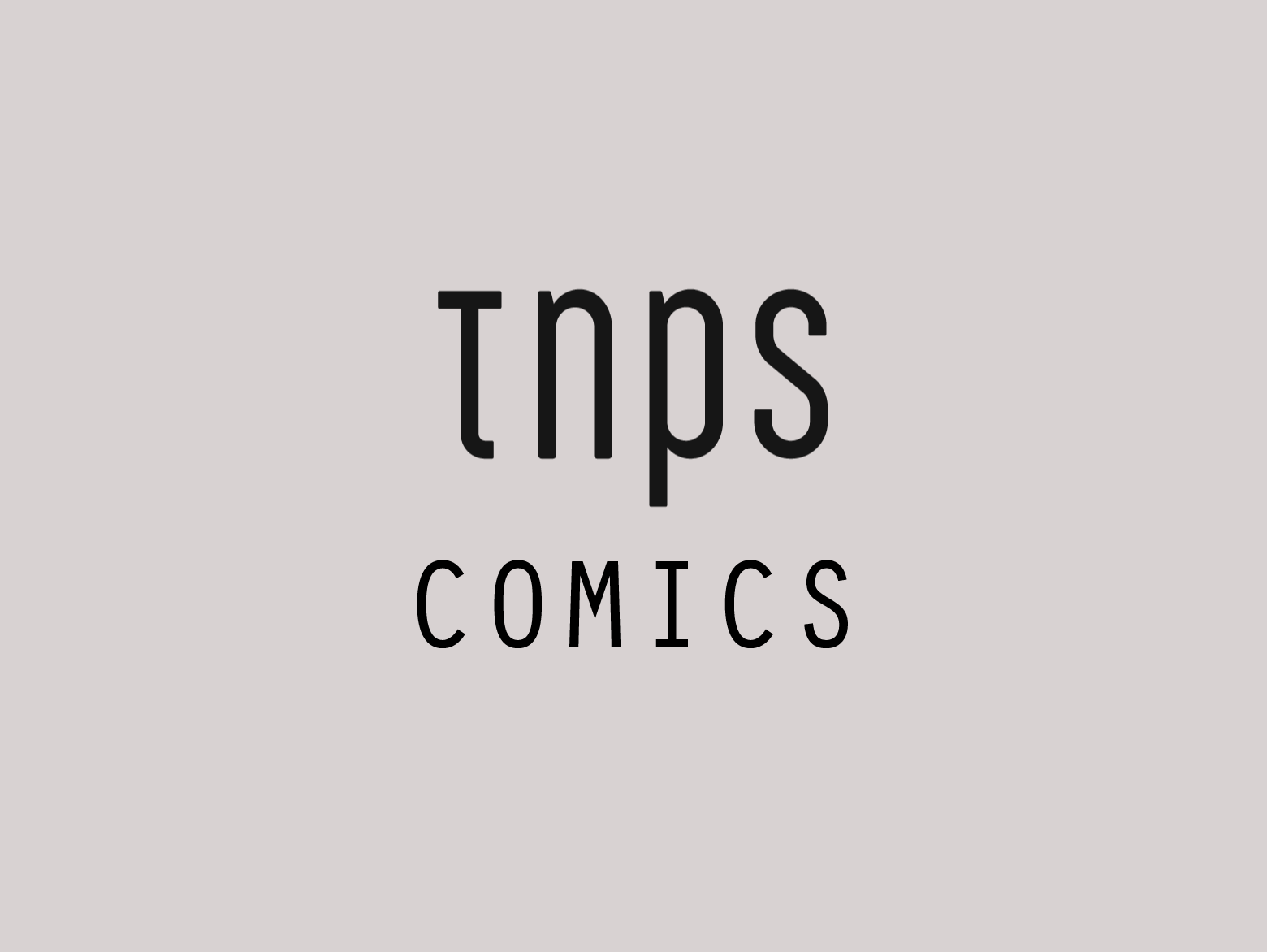Reacher’s famed ability to know the precise time at any given moment (“the clock in Reacher’s head“) is part of the Reacher superman armoury, despite Reacher wearing a watch and having no such time-keeping powers in the first books.
Not for the first time, Lee Child has acknowledged that fans of his Jack Reacher books were justified in their disapproval of Tom Cruise’s casting in the film adaptations.
Before Alan Ritchson took over the role in Amazon’s hit Prime Video series, Cruise starred as Reacher in two films. However, many book readers felt Cruise’s height (5ft 7in) was misaligned with the character’s description in the books as a muscle-bound 6ft 5in ex-military cop.
Cruise vs. Ritchson Debate
With the third season of the Amazon Jack Reacher series set to launch on 20 February, Lee Child has been discussing the Cruise-Ritchson debate once again. Child expressed his admiration for Cruise’s performance and professionalism but conceded that the readers’ concerns were valid. The author emphasised that Reacher’s physical presence is a crucial aspect of his character, which Cruise couldn’t fully embody despite his recognised acting skills.
Ritchson’s Reception and the New Antagonist
The casting of Ritchson, who stands at 6ft 2in and muscle to match, has been well-received by fans, and Child praised the actor’s suitability for the role. Ritchson’s portrayal has been especially anticipated for the upcoming third season, which features an antagonist named Paulie, a character even taller and bigger-built than Reacher.
Dutch bodybuilder Olivier Richters, who is over 7ft, has been cast as Paulie, a testament to the lengths the production team went to achieve visual accuracy. Though it’s not yet clear what acting skills the “Dutch Giant” brings to the table, past screen credits have clearly been for his size. In the book Persuader, as written by Child, size, bulk, menace, and some grunted words are all that’s needed.
Challenges of Book-to-Screen Adaptations
Child remarked, “That’s the perfect illustration of how easy it is for me and how hard it is for them because all I have to do is type different words – it costs me nothing. Whereas to put that into physical reality on the screen, they’ve got to find that actor. It was literally an international search. There are very few actors even Alan’s size so to get somebody who is noticeably bigger was incredibly difficult. But they found the guy.”
This story highlights the challenges and considerations in adapting book characters to the screen, balancing the narrative and visual expectations of readers while ensuring compelling on-screen portrayals.
Th View From The Beach
As an avid Jack Reacher fan, I love to compare the TV and film versions to the originals and have to agree with Child that, much as I love Tom Cruise as an actor, it was a struggle watching the two Jack Reacher films due to the actor-character differences.
TV vs. Film Adaptations
With the first two TV series, Ritchson steals the show, no question, but adaptation to streaming TV brings its own challenges. The two Cruise films came in at approximately 2 hours apiece—too short to do the stories justice.
Traditional TV format times would be too constrained to make these books work as TV films. Early days of streaming seemed to solve that problem for TV writers, and for a long while I was envious, as someone who dabbled in TV screenplays last century, of the possibilities these super-long TV production windows offered.
Inverse Challenges
But it quickly became clear that there were inverse challenges, even for written-for-streaming material, let alone a simple book adaptation.
Amazon Prime’s Jack Reacher adaptations exemplify screen episodes, equivalent to an almost seven-hour film. The writers were able to do this only by incorporating elements and characters from across the book series, not just from a single book. Even then, it sometimes felt like scenes were just there to fill time.
The Clock In Reacher’s Head
In Prime Video’s version of The Killing Floor, the first Jack Reacher book and the first TV adaptation, the character Frances Neagley is in on the action, despite not appearing in the books until the sixth in the series, Without Fail. And of course Reacher’s famed ability to know the precise time at any given moment (“the clock in Reacher’s head“) is part of the Reacher superman armoury, despite Reacher wearing a watch and having no such time-keeping powers in the first books.
All of which we forgive because Lee Child is a great storyteller, and similarly we forgive Amazon’s toying with the texts for the same reason.
Harry Potter Film Adaptations
The Harry Potter films (not that I’ve ever read the books) were reported by many to be faithful to the original storylines to the umpteenth degree, and of course the casting was legendary, even if Daniel Radcliffe was selected for his matching the book illustrations rather than his acting ability and was upstaged at every turn by his supporting cast of kids, and some splendid adult performances too (who will ever forget Alan Rickman as Severus Snape!).
Even so there were criticisms, with some fans claiming certain scenes and characters were omitted or altered, leading to a loss of depth and nuance from the books. Pacing issues were also cited, particularly in the later films, where some felt that the movies rushed through important plot points. And inevitably, some secondary characters did not receive as much attention or depth as in the books.
Game of Thrones TV Series
A TV series praised for its high-quality adaptation was the adaptation of George R.R. Martin’s “A Song of Ice and Fire” novels, televised as “Game of Thrones” (for reasons beyond me as I’ve not read these either, nor seen the TV version).
Looking over past reviews, it’s clear that while the earlier seasons apparently paid full tribute to the Martin originals, that did not last into later series, with criticisms including divergence from the books, rushed plots and a controversial ending.
Martin is noted for disapproving of most screen adaptations, not just of his own works:
“No matter how major a writer it is, no matter how great the book, there always seems to be someone on hand who thinks he can do better, eager to take the story and ‘improve’ on it… They never make it better, though.“
Final Thoughts
As a one-time screen writer turned book author I often found myself first-drafting as a screenplay without the dialogue and camera instructions, visualising the story on screen and then redrafting to reflect the conventions of a written text, and can comfortably say the sales reflected that it worked.
My YA Holocaust novel remains, for me at least, a screenplay written as a book. Reviews suggested many readers felt the strong imagery and emotion thanks to that technique, and I guess half a million readers can’t be that wrong. It might even work better as a film because of that.
My adult thriller, not so much. Although I first-drafted it visually, the later rewrites took it in a different direction, such that I could not imagine that story working as a film, although it far outsold my Holocaust novel.
Which brings us full-circle to the latest Jack Reacher adaptation, which will inevitably take liberties with the original, but is unlikely to disappoint.
This post first appeared in the TNPS LinkedIn newsletter.





